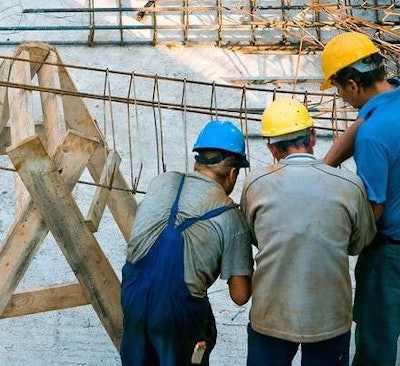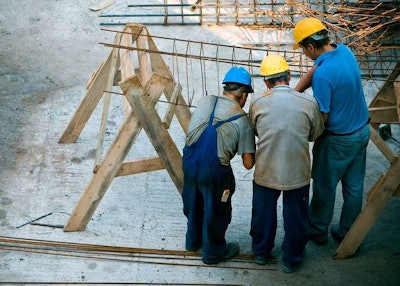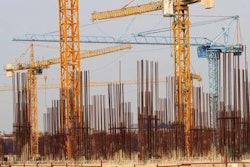

According to a recent Bureau of Labor Statistics study, 62 percent of the 393,000 long-tenured workers who lost their jobs in the construction industry between 2011 and 2013 have been rehired by the industry as of January.
Of the skilled workers workers who have returned to the industry, 6 percent are working part-time and 10 percent are either self-employed or unpaid family workers.
The study also found that the total number of workers that left the construction industry, including both long-tenured and non-long-tenured workers, was 1.03 million. Of that number, 63 percent are employed again, but not necessarily in the construction industry.
The news of so many skilled workers finding jobs in the industry again is encouraging even though construction firms across the country are struggling to find enough of them to meet demand. A recent survey conducted by the Associated General Contractors of America and SmartBrief found that 63 percent of U.S. construction firms had faced a shortage of skilled workers in the last year and that 30 percent had turned down work because of it.
During and after the Great Recession—between 2007 and 2011—2 million workers left the construction industry, either retiring or finding more stable work in another industry. According to the latest data from the BLS, the industry is on a seven-month streak of adding jobs and now employs 6.041 million Americans—an increase of 609,000 jobs since the low point for construction employment in January 2011. And after reaching a high of 27.1 percent in February 2010, the industry’s unemployment rate has fallen to 7.5 percent.
That AGC/SmartBrief survey also found that 67 percent of firms are currently paying skilled workers more this year than last and 80 percent said they would pay even more. According to the new BLS numbers that is happening to an extent, but many returning skilled workers are actually making less than they did before.
According to the study, 40 percent of skilled workers who have returned to the industry are now making equal to or more than they were when they lost their jobs between 2011 and 2013. Twenty-two percent of returning workers are making between the same and 20 percent more, while 18 percent have boosted their earnings by 20 percent or more.
Meanwhile, 30 percent of returning skilled workers are making less than before. Twenty-three percent saw their earnings fall 20 percent or more while 7 percent saw their earnings fall no more than 20 percent.
While the industry can definitely be encouraged by rehiring so many of the skilled workers it lost as a result of the economic downturn, the fact that so many of those workers are now earning less than they did before should be an area of concern moving forward.
Many of the workers who left the industry a few years ago have been able to find stable work with decent pay in other industries. And if contractors are as pressed to find skilled workers as they say they are, those with the necessary credentials who are considering returning to the industry likely know they are in high-demand and will expect to compensated accordingly.












